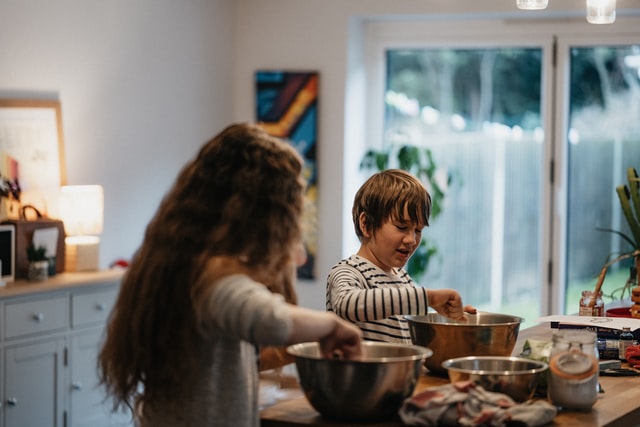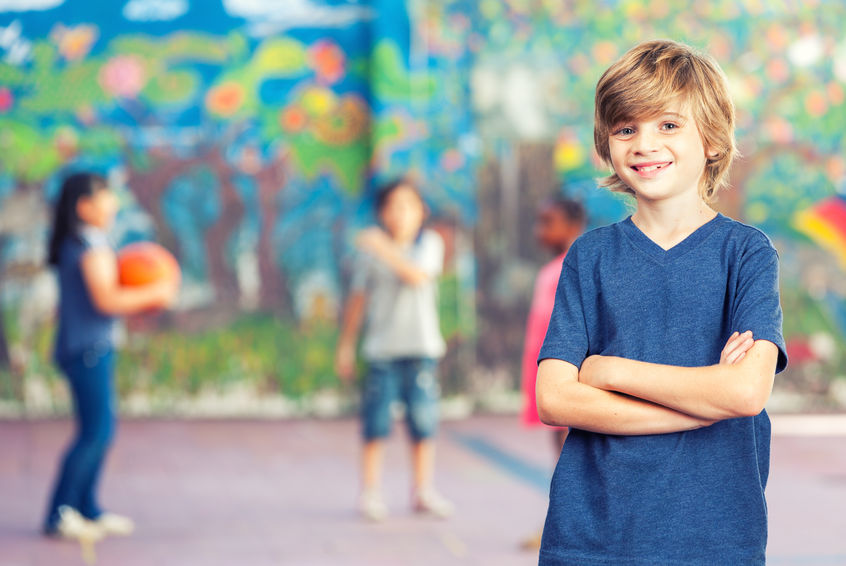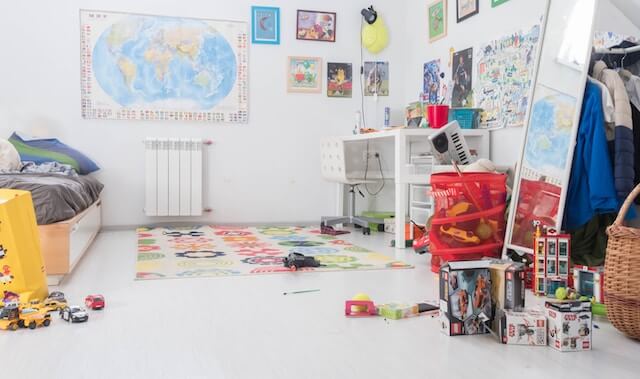Embarking on the journey of pregnancy is a profound and transformative experience, marked by boundless anticipation and joy. However, amidst the excitement, expectant mothers must prioritize self-care, including attentive skincare practices tailored to the unique needs of this momentous period. Pregnancy brings about a myriad of changes, both internal and external, and embracing a skincare routine that supports and nurtures your changing body is essential for your well-being and the health of your growing baby. By understanding the nuances of skincare during pregnancy and implementing mindful practices, you can maintain a radiant complexion and cherish the glow of motherhood with confidence.
Understanding Hormonal Changes
Pregnancy is accompanied by a surge of hormones that orchestrate the remarkable journey of nurturing new life. However, these hormonal fluctuations can also manifest in various changes to the skin, ranging from acne flare-ups to heightened sensitivity and increased pigmentation. Expectant mothers need to recognize and adapt to these changes, as they may necessitate modifications to their skincare regimen. By understanding the underlying hormonal shifts and their effects on the skin, mothers-to-be can make informed choices when selecting skincare products and treatments that promote balance and harmony.
Gentle Cleansing
During pregnancy, the skin undergoes subtle yet significant transformations, including increased oil production and heightened sensitivity. As such, it’s paramount to choose skincare products that prioritize gentleness and efficacy, particularly when it comes to cleansing. Harsh cleansers can disrupt the skin’s delicate equilibrium and exacerbate common pregnancy-related skin concerns. Opting for mild, pregnancy-safe cleansers that delicately remove impurities without stripping away essential oils is key to nurturing the skin’s natural barrier and maintaining its optimal health and vitality.
Addressing Common Concerns
Throughout the journey of pregnancy, expectant mothers may encounter an array of skincare concerns that arise as a result of their body’s remarkable transformation. From the emergence of stretch marks to persistent itching and heightened sensitivity, these issues can detract from the overall experience of motherhood. However, by adopting a proactive and nurturing approach to skin care, many of these concerns can be effectively mitigated. Incorporating nourishing oils, gentle exfoliants, soothing creams, and a practical pimple patch that can help you on several different levels into your daily regimen can alleviate discomfort, promote skin elasticity, and foster a sense of well-being during this transformative period.
Hydration is Key
One of the hallmark changes experienced by many expectant mothers is heightened skin dryness, attributed in part to hormonal fluctuations and shifts in the body’s hydration levels. To combat this, integrating hydrating products into your skincare routine becomes indispensable. Moisturizers, serums, and hydrating masks enriched with nourishing ingredients can replenish lost moisture, restore suppleness, and fortify the skin’s resilience against external stressors. By prioritizing hydration, expectant mothers can safeguard their skin’s health and radiance throughout the journey of pregnancy.
Mindful Ingredient Selection
In the quest for radiant and healthy skin during pregnancy, the importance of mindful ingredient selection cannot be overstated. Expectant mothers must exercise discernment when choosing skincare products, avoiding ingredients that may pose potential risks to their health or the well-being of their developing baby. Substances such as retinoids, certain essential oils, and high concentrations of vitamin A should be eschewed in favor of safer, pregnancy-friendly alternatives. By prioritizing products formulated with gentle, natural ingredients that nurture and support maternal health, expectant mothers can embark on their skincare journey with confidence and peace of mind.
Seeking Professional Guidance
Navigating the intricacies of skincare during pregnancy can be daunting, particularly for expectant mothers who may feel uncertain about which products and treatments are safe and suitable for their unique needs. In such instances, seeking guidance from a dermatologist or healthcare provider can provide invaluable reassurance and support. These experts can offer personalized recommendations tailored to your specific skin type, concerns, and stage of pregnancy, ensuring that your skincare regimen is both effective and aligned with the highest standards of safety.
Sun Protection
While basking in the warm embrace of sunlight can be uplifting and rejuvenating, expectant mothers need to shield their skin from the sun’s potent rays, especially during pregnancy. Hormonal changes can render the skin more susceptible to sun damage and pigmentation, underscoring the importance of diligent sun protection practices. Incorporating a broad-spectrum sunscreen with a minimum SPF of 30 into your daily skincare ritual is paramount, along with seeking shade and wearing protective clothing. By safeguarding your skin against harmful UV radiation, you can preserve its youthful luminosity and prevent the onset of sun-related skin concerns.
As expectant mothers embark on the extraordinary journey of pregnancy, nurturing their skin becomes not only a matter of self-care but also a profound expression of love and devotion to their growing baby. By embracing gentle yet effective skincare practices tailored to the unique needs of pregnancy, mothers-to-be can maintain a radiant complexion that mirrors the boundless glow of motherhood itself. From understanding hormonal changes to prioritizing hydration, addressing common concerns, and seeking professional guidance when needed, every step taken in the realm of skincare becomes a testament to the unwavering commitment to maternal well-being.














